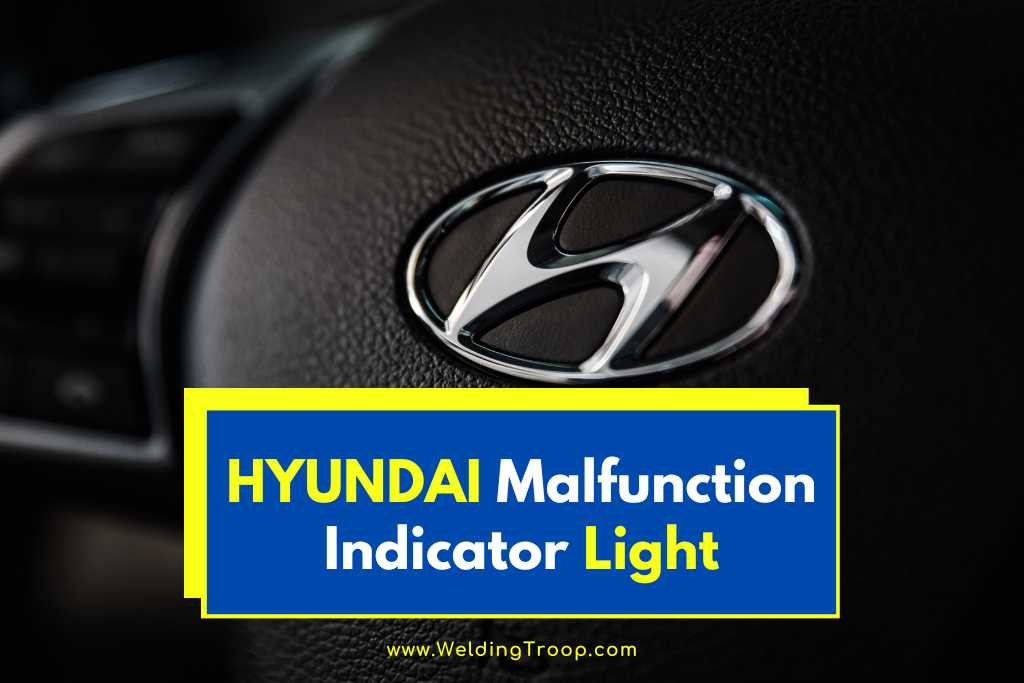As a Hyundai owner, seeing the check engine light illuminate on your dashboard can be a cause for concern.
The check engine light, also known as the Malfunction Indicator Light (MIL), is a crucial component of the On-Board Diagnostics (OBD) system. It is designed to alert you to potential issues with your vehicle’s engine, transmission, or emission control system.
In this comprehensive guide, we will delve into the meaning of the check engine light, common causes, and what steps you should take when it illuminates.
Table of Contents
Understanding the Malfunction Indicator Light
The check engine light can signal three different types of problems:
- Occasional Flashes: If the check engine light flashes intermittently, it indicates temporary engine malfunctions. While these issues may not be serious at first, they can escalate if left unaddressed.
- Constant Illumination: When the check engine light stays on constantly, it signifies a more serious problem that requires immediate action. Ignoring this warning can impact your vehicle’s emissions, fuel economy, and overall performance.
- Flashing Light: A flashing check engine light is a sign of a major issue, such as engine misfiring. This is a critical situation, and you should stop your vehicle immediately to prevent further damage, including potential catalytic converter failure.
It is important to note that when you start your Hyundai, it is normal for the check engine light to illuminate briefly. However, it should turn off once the engine is running smoothly.
Common Causes of the Check Engine Light
Loose Gas Cap
One of the most common causes of the check engine light is a loose, broken, or missing gas cap. A faulty gas cap can lead to reduced fuel pressure and the escape of fuel vapors, resulting in decreased fuel economy and increased emissions.
Failing Catalytic Converter
A failing or clogged catalytic converter can cause the check engine light to illuminate. Over time, the catalytic converter may become clogged with material, especially in higher mileage vehicles.
This crucial component of the emissions system removes harmful carbon monoxide. A malfunctioning catalytic converter can significantly impact fuel economy and vehicle performance.
Fouled Spark Plugs or Spark Plug Wires
Spark plugs and spark plug wires wear out over time and may need replacement. These components generate a spark that ignites the air-fuel mixture in the engine’s cylinders, allowing it to start and run smoothly.
Faulty spark plugs or wires can result in engine misfires, leading to reduced fuel economy, performance issues, and potentially preventing the engine from running altogether.
Faulty Oxygen Sensor
The oxygen sensor plays a vital role in the air-fuel mixture regulation. Due to prolonged exposure to hot exhaust gas, the oxygen sensor may need replacement.
A malfunctioning oxygen sensor can cause the engine control unit to supply the engine with too much or too little fuel, leading to poor fuel economy, decreased performance, and potential engine damage.
Faulty Mass Air Flow Sensor
The Mass Air Flow (MAF) sensor measures the amount of air entering the engine and helps maintain the proper air-fuel mixture.
Exposure to dirty or particle-rich air can lead to MAF sensor failure. A malfunctioning MAF sensor can result in engine misfires, reduced fuel economy, poor performance, and potential engine damage.
Read also >> Malfunction Indicator Lamp (Step by Step Solved!)
Diagnostic Steps and Solutions
When the check engine light illuminates, it is essential to take the following steps:
- Don’t Ignore It: The check engine light should not be ignored. Investigate the cause promptly to prevent further damage to your vehicle.
- Use OBD-II Scantool: To diagnose the issue accurately, it is recommended to use an OBD-II scantool. This tool can read the Diagnostic Trouble Codes (DTCs) stored in the vehicle’s electronic control unit. The DTCs provide information about the detected issue and guide you towards the main cause of the problem.
- Consult a Professional: If you have an OBD-II scantool and diagnostic software, you can check the DTCs yourself and gain insights into the problem. However, it is advisable to consult a certified Hyundai technician for a comprehensive diagnosis and repair plan.
- Address the Issue: Once you have identified the cause of the check engine light, it is crucial to address the problem promptly. Depending on the severity of the issue, it may require simple maintenance tasks or more extensive repairs. Ignoring the check engine light can lead to further complications and potentially costly repairs down the line.
Conclusion
The check engine light in your Hyundai serves as a valuable warning system, alerting you to potential problems with your vehicle’s engine, transmission, or emission control system.
Understanding the meaning behind the check engine light and taking prompt action when it illuminates is essential for maintaining the performance, fuel efficiency, and longevity of your Hyundai.
By addressing the underlying issues and seeking professional assistance when needed, you can keep your Hyundai running smoothly and enjoy a safer driving experience.
Additional Information: It is crucial to note that the specific causes and solutions mentioned in this article may vary depending on the make, model, and year of your Hyundai vehicle.

